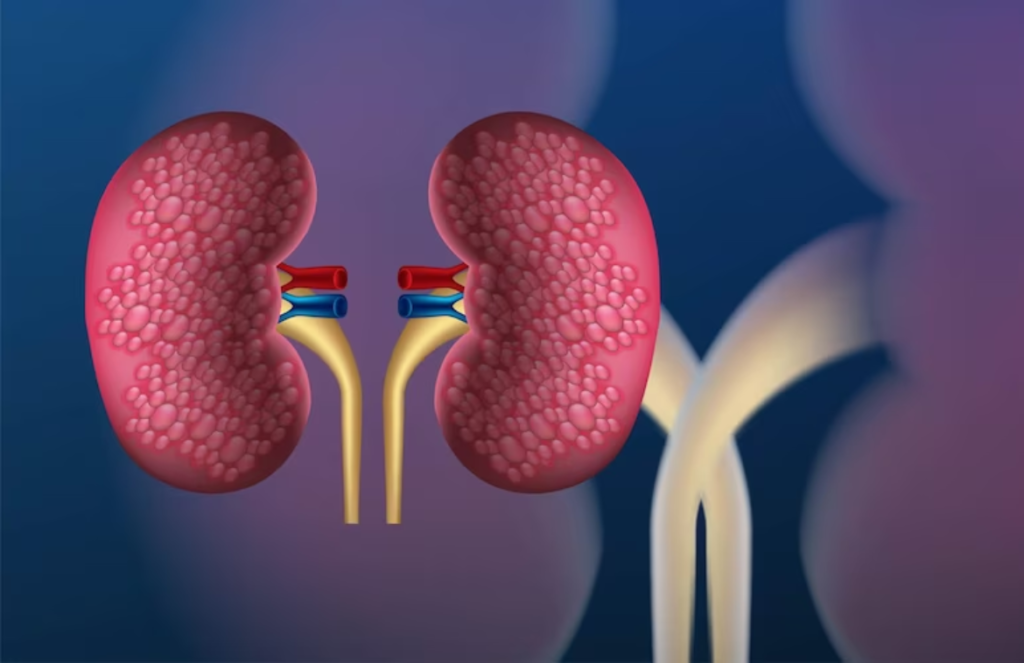Rheumatologists in Hyderabad treat Lupus well. This autoimmune disease cannot be taken lightly. Doctors in the city are well-equipped to provide relief.
Systemic lupus erythematosus (SLE) happens to be an autoimmune, multi-systemic disease that can affect virtually any organ in one’s body and also encompasses a wide spectrum of severity, ranging from relatively mild manifestations (e.g., skin rash or non-erosive arthritis) to seriously disabling or even life-threatening complications like lupus nephritis, neuropsychiatric disorders, and other major organ involvements. Rheumatologists in Hyderabad are well versed and can deal expertly.
Systemic lupus erythematosus (SLE), a chronic autoimmune disease, affects multiple organs. A complex interaction of genetics, environment, and hormones leads to immune dysregulation and breakdown of tolerance to self-antigens, thus causing autoantibody production, inflammation, and destruction of end-organs.
Recent findings do include the characterization of genetic or epigenetic factors that are linked to SLE, as well as cellular effectors.
There is certainly a genetic component to lupus susceptibility. It is usually accepted that environmental or other factors are indeed required in order to trigger disease development. Lupus can also affect almost every organ, most prominently but also rather devastatingly, the kidney and the central nervous system (CNS). Its severity in individual patients can indeed range from rather mild cutaneous involvement to perhaps severe organ damage, and its outcome ranges from lasting remission to death.
Epidemiology
The disease does affect people worldwide, although the incidence and prevalence vary between countries. The hospitalization rate is less due to the availability of better diagnostic tests, increased awareness of one’s disease, and, of course, the introduction of standardized diagnostic criteria during that particular period, with few advances resulting in increased identification of milder cases.
Genetics and epigenetics
SLE does occur when a genetically susceptible individual encounters an environmental trigger, most likely an infective agent, which is of course responsible for inducing antinuclear antibodies (ANA). SLE happens to be a multi-genetic disease. These are genes that do tend to induce the transcription of proteins involved in key pathogenic pathways, including apoptosis and the clearance of apoptotic material or even immune complexes, innate as well as adaptive immunity functions, as well as the production of cytokines, chemokines, or adhesion molecules.

SLE is no doubt a chronic, debilitating disease that mainly afflicts women, especially those of African-American, Asian, or Hispanic descent. Disease tends to follow an unpredictable course of relapses (flares) and also remissions, is difficult to diagnose, and there is currently no cure. Immunosuppressive steroids happen to be the mainstay of therapy, which does render patients susceptible to opportunistic infections. Due to a combination of factors, including genetic defects, hormones, environmental exposures like UV light, medications, or infectious agents, the immune system does fail to recognize’self’ and also begins to attack cells and then destroy organs like joints, skin, and the brain, as well as the kidneys, leading to SLE. Symptoms of the disease do include skin rashes (e.g., facial ‘butterfly’), oral ulcers, arthritis (joint pains and also swelling), and neurological manifestations (psychosis, seizures). Damage to blood cells is indeed reflected by hemolytic anemia (the destruction of red blood cells), leukopenia (low levels of white blood cells), and thrombocytopenia (low platelet numbers). Further complications in vital organs like the kidneys can lead to renal failure, further increasing morbidity and mortality.
The disease is so heterogeneous that different patients present with different combinations of clinical manifestations. Auto-antibodies circulate in one’s body, deposit into tissues, and also contribute to tissue damage, while cell-mediated mechanisms do involve the production of inflammatory cytokines, loss of regulatory function, and infiltration into organs, leading to pathology. Currently, therapeutic strategies with steroids and cytotoxic drugs are indeed aimed at minimizing or halting disease progression and even organ damage. Yet, there is a need for better therapeutic approaches that specifically target pathogenic mechanisms while also preserving the protective functions of the immune system. The identification of biomarkers to predict the onset, progression, and worsening of disease is imperative to better manage this complex disease.
Conclusion
Rheumatologists in Hyderabad can do the needful.















